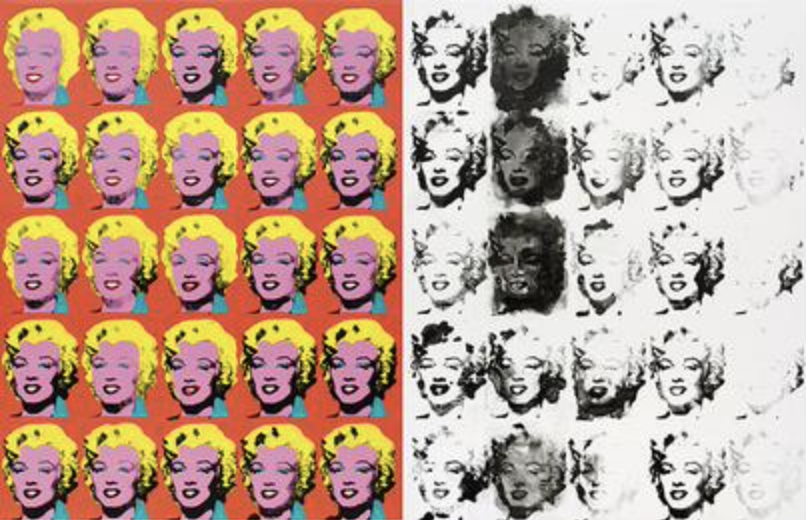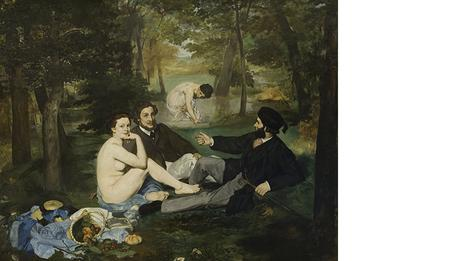
Stuart reproduced the works of Warhol, Lichtenstein and haring without the consent of the original author
( Pinault collection / Axel Schneider, Frankfurt am Main / Sturtevan)

Stuart reproduced the works of Warhol, Lichtenstein and haring without the consent of the original author
( Pinault collection / Axel Schneider, Frankfurt am Main / Sturtevan)
Stewart did much more than copy famous products, especially after moving into film and television in the 1990s. She came under fierce criticism in the 1960s and only gained wide recognition later in life. People often make simple and wrong judgments about her art: her work is always about other artists, and the momA painting is about copying for copying’s sake. But as the curator Peter Eleey observes in a review of an authoritative paper in the exhibition: “The first quick read of her work…… Is itself a kind of repetition.”
Counterfeiters copy the work and hide their forgery. Students copy as art training. Assistant replicators are working for better artists. But as Mr Stewart shows, with originals and copies, the line between invention and plagiarism can be negotiated ever wider. She mimicked the works of Warhol, Lichtenstein and John — but she also pretended to fake them in a witty way, or like a criminal forger — to fake their works for bolder purposes. Stewart’s art actually raises less questions of reproduction and more questions of authoritativeness, copyright, distribution and history.

EdouardManet’s lunch on the grass was inspired by a Renaissance print (wikimedia Commons)
Stewart’s “copy” is really a study of the differences that result from repetition. That’s why her work doesn’t violate copyright. A tort is a subsequent work that must have the same intent as the original. Sturtevant’s copy has quite a different meaning, and in any case, a certain amount of confusion is required in order to be beautiful. Originality will continue – but only by copying. If you make something that already exists, you can only make something new.